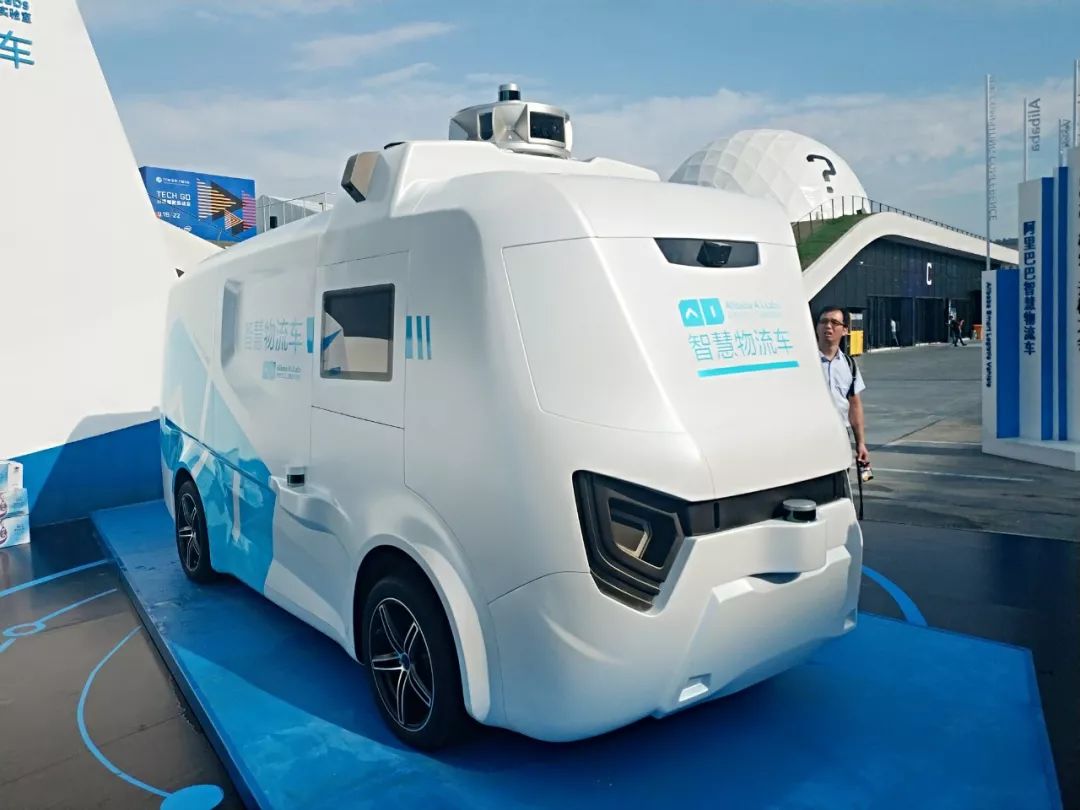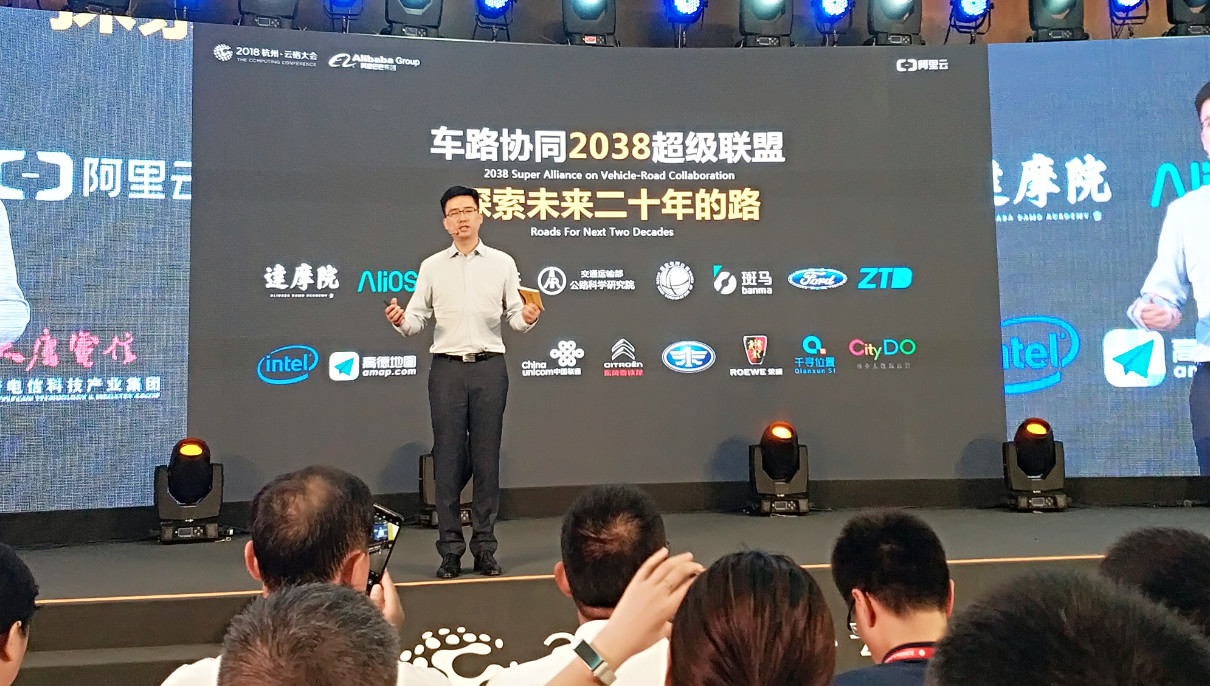On the last day of Yunqi Conference, the Internet car ecological platform Banma Network and the operating system AliOS jointly announced a series of new actions. At the same time, Hu Xiaoming, the president of AliOS, announced the first collaborative linkage among various business sectors related to future transportation within the Alibaba system. This marks a significant upgrade of the car strategy since the establishment of the Internet Car Fund by Alibaba in March 2015.
On September 13, Banma Zhi xing, born from the SAIC-Alibaba Internet car project, announced the first round of financing exceeding 1.6 billion yuan. With the new plan of Yunqi Conference, Banma’s four major opening strategies have been fulfilled:
- Equity openness: The first round of financing is led by industrial investment party Guotou Innovation Fund, with Yunfeng Fund and Shang Qi Capital following up. The shareholding ratio of SAIC and Alibaba as founding investors will be synchronously reduced instead of who stays or exits.
- Business openness: In addition to SAIC, Ford, Dongfeng Peugeot, Dongfeng Citroen, and Xiaokang Industry have all become OEM partners of Banma.
- Technology openness: Banma and AliOS jointly launched Banma Zhi xing Plus, Banma Zhi xing Pro, and Banma Zhi xing Lite at the Yunqi Conference. They can quickly adapt to more than 90% of car models and introduce the T.O.P (Total Open Platform) for whole vehicle personalization, meeting the need of secondary development of car factories.
Technology openness is a big release of Yunqi Conference, with a detailed description:
On the basis of the basic product version, car manufacturers can use the Total Open Platform (T.O.P) of the whole vehicle personalized release platform for secondary development. The platform will open 101 toolkits, covering seven major functions of whole vehicle and travel capabilities, such as scene engine, unlimited vehicle customization scene, whole vehicle & system capabilities, maps, entertainment, travel, and IoT. Vehicle enterprises can customize according to different vehicle configurations and scenes to achieve differentiated functions and ecological services in the end.
Ecological openness: Ecological openness and technology openness are inextricably linked. When Banma provides OEMs with secondary development environments and toolkits, OEMs can choose to access content and services outside the Ali ecosystem, such as NetEase Cloud Music, Baidu Maps, and QQ Music.
Since the establishment of the fund in 2015, Alibaba and SAIC have been calling for an open ecology based on AliOS in the industry. However, Banma has only shown the attitude of a real platform-oriented company that does open ecology until today.First of all, from the perspective of equity, Ali and SAIC will reduce their weightings in Banma synchronously, enabling Banma to drive forward the intelligentization of automobile industry with a more decentralized identity; in terms of technology and ecology, Banma and AliOS teams will face OEM manufacturers with a more friendly attitude and introduce a complete development environment and developer tools, allowing OEM manufacturers with software technical capabilities to customize the forms of their vehicle machines at their own discretion. The initiative is grasped by the OEM manufacturers.
Here is a question: Will Tencent and Baidu’s content and services really enter the AliOS ecosystem someday?
This question is like Microsoft’s move towards openness, gradually launching Office suites based on Android, iOS, and Mac OS. Joining AliOS depends on Baidu and Tencent. Ali has provided development environments and tools that may be used by Baidu and Tencent.
If you raise your perspective and look at the world, there are very few platform-type companies focusing on developing ecosystems for automobiles.
Apple has been slow to reveal their stance, which may be due to not having a clear idea, or cooking up big moves, leaving the matter aside for now. Google once launched a pre-installed Android car-machine system jointly with OEM manufacturers on Audi Q8 and Volvo V90 at the Google I/O 2017 global developers conference. Considering the thriving ecosystem of Android in consumer electronics, I believe that mainstream OEM manufacturers around the world are paying attention to this development. However, this year, Waymo, a self-driving company, was the main theme of the Google Developers Conference, and Android Car was almost not mentioned.
Ali and Banma have done their homework well for open ecology. The attitude of their competitors worth watching is not so clear. From this perspective, it is worth anticipating the evolution of Banma’s open ecology over the next year.
Outside of AliOS, Alibaba has some other imaginations in the automobile field.
At the end of last year, Alibaba’s Artificial Intelligence Laboratory quietly set up an autonomous driving R&D team led by Chief Scientist Wang Gang. This year, Cainiao’s unmanned logistics robots and the intelligent logistics vehicles exhibited at the Yunqi Conference are all achievements of this team.

In his speech, Hu Xiaoming revealed that the day before the Yunqi Conference, he was still discussing the optimization of Aliyun City Brain with the Hangzhou Traffic Management Department. What is the concept of City Brain? It will deploy and schedule the operation of transportation, social governance, life protection and other fields through big data and cloud computing technologies, improving the level of city management.In the specific field of transportation, Aliyun City Brain and Didi’s Smart Transportation System are similar: they both improve transportation efficiency by pooling city-wide road monitoring videos and analyzing vehicle data to redistribute signal lights and road resources.

Autonomous driving cars + City Brain require a “car-road collaboration” technology. AliOS, in collaboration with Aliyun, DAMO Academy, Gaode, Alipay, Qianxun Location, and Zebra Network, is building an “Intelligent Highway”.
DAMO Academy is responsible for autonomous driving cars; Gaode + Qianxun Location is responsible for highly precise maps and location in autonomous driving; Alipay is responsible for seamless payments for entrances and exits, service area parking lots, and fuel/electricity stations; Zebra Network + AliOS is responsible for providing the bottom-level car-road collaboration technology port support. This is Alibaba’s first time coordinating and linking up various business units in the big travel ecology.
In addition to Alibaba, China’s Highway Research Institute, State Grid, China Unicom, FAW, SAIC Roewe, Ford, Shenglong, Intel, and Datang Telecom have formed the “2038 Alliance.” These external partners represent OEM representatives, regulatory representatives, and car-road collaboration solution providers.
This is a 20-year blueprint, just like Alibaba’s goal of becoming a 102-year-old company, which is a very Alibaba-like strategy. Of course, there are countless challenges waiting for Alibaba to overcome before the realization of this strategy. For example, in the car-road collaboration field, Alibaba is clearly a newcomer; while Google has been continuously working on autonomous driving cars for nearly ten years and has yet to achieve large-scale commercialization. Returning to China, the upgraded Alibaba automotive strategy has fully confronted the earlier Baidu Apollo ecosystem.
Alibaba, which has just tasted the sweetness of automobile intelligence, is determined to upgrade the midfield battle, making this industry more interesting.

 * From Business Openness to Capital Openness, Bitauto Goes Independent
* From Business Openness to Capital Openness, Bitauto Goes Independent

This article is a translation by ChatGPT of a Chinese report from 42HOW. If you have any questions about it, please email bd@42how.com.
